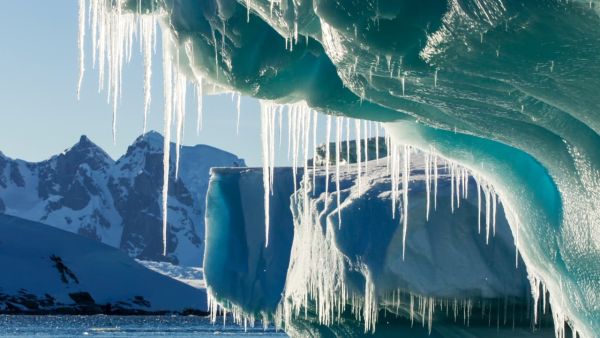

A recent study has found a worrying trend that some of the most stable glaciers in Central Asia are melting faster than ever. These glaciers are located in the Pamir Mountains of Tajikistan. Previously, scientists believed that these glaciers were resilient against global warming. However, recent findings suggest that even these glaciers are on the verge of collapse. The research was published in the journal Communications Earth & Environment and was led by a team from the Institute of Science and Technology Austria (ISTA).
The study examined decreasing snowfall in recent years. The mountainous regions of High Asia, including the Pamirs, are often referred to as the "Third Pole" due to their vast ice and snow reserves, second only to the Arctic and Antarctic. These glaciers act as a significant water source for millions of people living in areas downstream, particularly in Central Asia.
Until recently, researchers considered the Pamir Mountains as unusual because unlike most glaciers around the world that were rapidly shrinking, these ones were either stable or even expanding. Scientists referred to this phenomenon as the "Pamir-Karakoram Anomaly." However, this trend is now changing.
Kyzylsu Glacier in northwestern Tajikistan is situated at an elevation of nearly 3,400 meters above sea level. This glacier acts as a reference point for studying the health of other glaciers in the area. Using data collected from the glacier, the research team developed models that traced its behaviour from 1999 to 2023. The results show that the glacier reached a critical tipping point in 2018. This means it may no longer be able to recover, even if climate conditions improve.
Experts believe that the main cause of the glacier’s decline is reduced snowfall. Since 2018, the glacier has been melting more rapidly, with the melted ice helping to compensate for the lack of snow in the water system temporarily. However, this situation is not a long-term solution.
Setting up the monitoring station in such a remote area was a difficult task. The team, consisting of scientists from Austria, Switzerland, France, and Tajikistan, had to hike into isolated mountain regions with heavy equipment packed in their backpacks. Since 2021, they have visited the glacier seven times, continuously improving and expanding the monitoring systems.
"Having local scientists as part of the field trip not only favours close collaboration and scientific exchange but also helps us overcome the language barrier while interacting with the local inhabitants who depend on the glaciers," says the study's first author, Achille Jouberton, a PhD student in the Pellicciotti group at ISTA.
The impacts of glacier melting are felt in nearby ecosystems and communities that rely on glacier-fed rivers for farming and daily life. This research is just the beginning. The team hopes to expand their efforts to other parts of Central Asia to better understand what’s happening to the region’s glaciers.